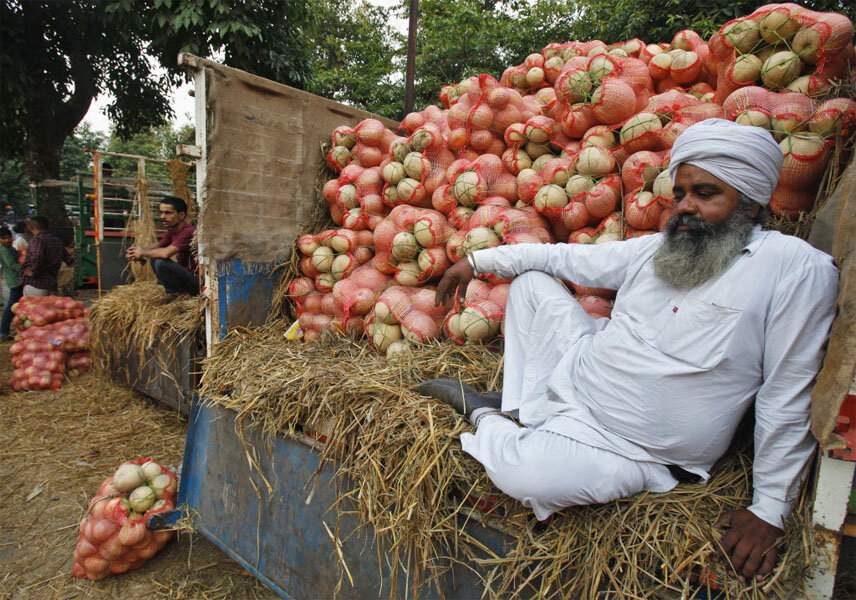Organic farming continues to rise across the globe
Loading...
Across the decades of boom and bust that characterize agricultural history runs a trend: the rise and recognition of organic farming worldwide.
According to the International Federation of Organic Agricultural Movements (IFOAM), 2 million of the world’s 1.5 billion farmers are now producing organically, with nearly 80 percent based in developing countries. India boasts the most certified organic producers, followed by Uganda and Mexico.
Currently 164 nations have certified organic farms, powering an industry worth $63.9 billion. (In 2000, there were 86 countries with certified farms producing $15.2 billion.) With this growth come opportunities for farmers to add value to their products and access expanding markets.
While the 94 million acres of certified organic agricultural land constitutes less than 1 percent of total global agricultural land, industry analysts call the growth of organics significant, also noting that the certified numbers fail to account for the vast numbers of small-scale farmers who use organic methods by default.
“[There are] probably 500 million small family farms worldwide; most of those are traditional farmers who farm primarily through organic principles,” says Andre Leu, president of IFOAM.
He adds that 200,000 organic farmers become newly certified each year. “In most places there is still a dramatic loss [in the numbers] of farmers and ... where we see growth is in the organic sector.”
Farmers today, battling climate swings and plummeting farm incomes, are essentially faced with four options: leave farming completely, obtain off-farm income, expand and play the commodity game more efficiently, or find ways to add value per unit of production, says Joel Gruver, a soil science professor at Western Illinois University in Macomb.
“Basically, organic farming anywhere in the world – if you are certified – is the one label that is most clearly defined,” says Professor Gruver, the university’s director of organic research. “Each nation has its own rules in how they define organic, but the general set of rules is very much the same,” he says. Organic methods eschew chemical additives and rely on such practices as crop rotation to harness ecological processes that promote healthy soils and fight disease, weeds, and pests.
For consumers, organic farming addresses a range of issues on which many feel conventional farming falls short: environmental impact, pesticide residues, and nutritional quality. It addresses concerns about energy consumption and climate change, and even restores a social connection to the land that many feel commodity farming has eroded.
In fact, consumer demand is the driving force behind the growth. In 2012 in the United States and Europe, markets with a healthy appetite for organic goods, there was a 10 percent year-on-year rise in sales.
“Organic farming is the fastest growing multi-product sector in the world,” says Mr. Leu. “[I]f you go into any store now, organic products are in every section. Anything from dairy to [prepared foods] to body care products to organic clothing.... And there is no other sector like that.”
Organic farming does draw critics. Some question the consistency of its accreditation and labeling system. There is debate over whether organics deliver higher nutritional value, and concern that the certification process is too costly to allow for financial success. And there is doubt over whether organic methods can yield enough to feed an ever-growing population. Yet consumer preference continues to grow.
“[T]here is more demand than supply,” says Anna Lappé, author of “Diet for a Hot Planet.” Ms. Lappé also points out that less than 1 percent of agricultural research funding now goes toward refining proven chemical-free farming methods.
Still, there have been considerable efforts to support organic farmers. A growing number of nonprofits provide microloans. IFOAM publishes the principles of organic farming on its website for those who want to practice it but can’t yet afford certification. Countries such as Denmark and Sweden have set goals for organic agriculture. The US offers small grants and loans.
Commercial investment may gain momentum, too. Nature’s Path, an organic cereal manufacturer, recently bought 5,640 acres of farmland in Canada and northern Montana in efforts to support organic family farmers there.








